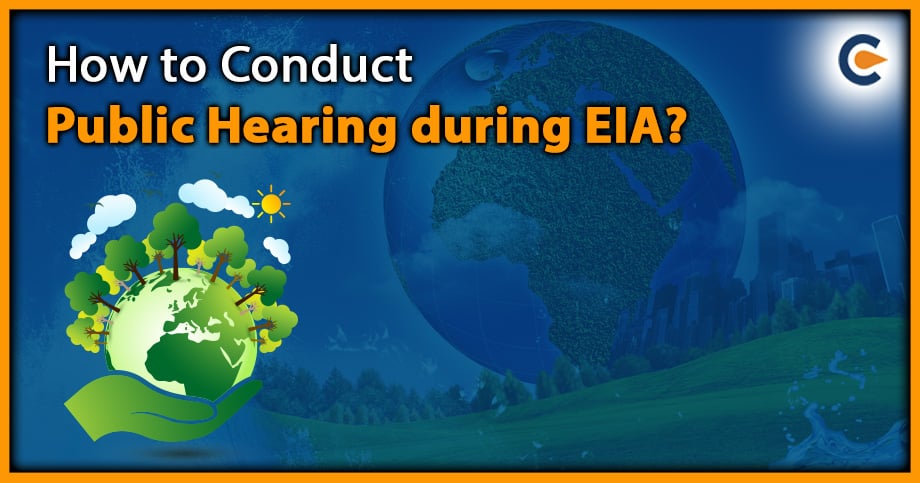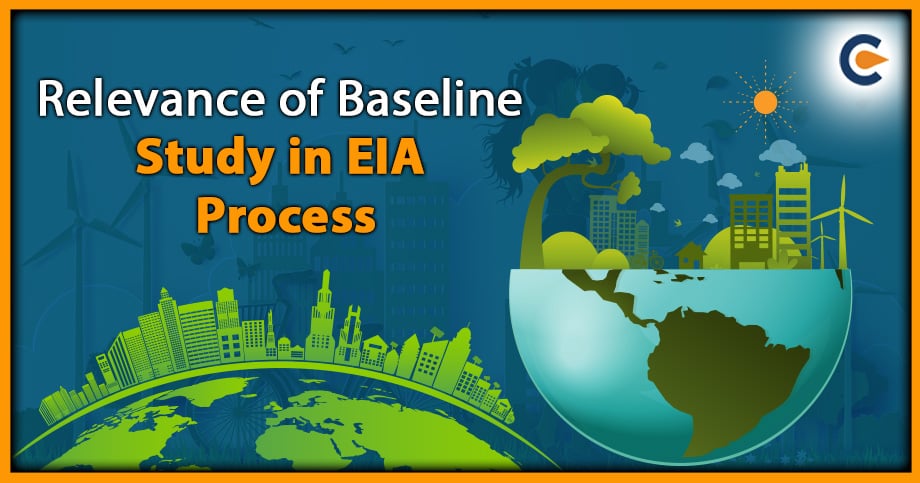Public hearing (PH), also known as public Consultation, refers to the process of ascertaining the concerns of local persons and others who have plausible stakes in environmental impacts of the project to take into account all the material concerns in the project or activity design. The main objective of Public Hearing during EIA is to involve key stakeholder groups such as individuals, NGOs, agencies, authorities, and interest groups in the assessment process. Also, by including input from important stakeholders, the project is strengthened as PH is acknowledged as a crucial step in conducting an environmental impact assessment.
The general public has a right to knowledge and to participate in discussions on issues that could impact people’s lives, resources, and property. A Public Hearing during EIA provides a venue for interested parties, those who will be affected, and/or entire communities to learn about the project and exchange pertinent information.
History of Public Hearing
The EIA notification of 1994 was amended in 1997 to require a public hearing in the process of EIA for development projects. Under the Environmental (Protection) Act, environmental impact assessments (EIA) were introduced in India. However, it became legally binding when the Ministry of Environment and Forest (MoEF)[1] issued the EIA notification on January 27, 1994, in accordance with EPA 1986, making environmental clearance necessary for any activity’s extension or modernisation for the establishment of new projects. The following sections show the changes brought in the public hearing provisions over time.
- 2002 amendment in the EIA Notification 1994 exempted pipeline and highway projects from EIA. However, projects proponent were mandated to conduct public hearings in all the districts through which the pipeline or highway passed.
- Amendment to this notification in 2003 mandated that public hearing was not required for offshore exploration activities beyond 10 km from the nearest habitation, village boundary or ecologically sensitive areas such as mangroves (with 1,000 sq. mt area), coral reefs, national parks, sanctuaries, reserve forests, marine parks and breeding and spawning grounds of marine life.
- The EIA notification introduced in 2006 carried many provisions from the 1994 notification but included some provisions where a public consultation can be foregone. These provisions could exempt some projects from PH if the authorities felt that the situation is not conducive for holding a public hearing.
Projects Where Public Hearing during EIA Is Not Applicable
All Category ‘A and B1 projects or activities undertake Public Consultation. Some projects and activities are excluded from this process, including.
- Modernisation of irrigation projects (item 1(c) (ii) of the Schedule).
- Projects or activities located within industrial estates or parks (item 7(c) of the Schedule) approved by the concerned authorities and which are not disallowed in such approvals.
- In case of expansion of highways and roads (item 7 (f) of the Schedule), which do not involve any further land acquisition.
- Building, area Development projects, townships and construction projects given in item 8.
- All Category ‘B2’ projects and activities.
- Projects concerning national defence and deemed important by the Central Government for security reasons or other strategic considerations.
Stages in the Public Hearing Process
Public Hearing during EIA comprises of two aspects; a public consultation process in which only the local -affected people can participate and a process for obtaining written comments from those who are concerned citizens.
Stage 1
The consultation process has two components. First, it is carried out at the site or in its proximity- district-wise, in the manner prescribed in Appendix IV of the notification for ascertaining concerns of local affected persons. Secondly, it aims to obtain responses in writing from other persons having a plausible stake in the environmental aspects of the project. Anyone likely to be affected by the proposed project is entitled to have access to the Executive Summary of the EIA. The following people are allowed to make written/ oral suggestions to the SPCB.
- Bonafide local residents
- Local associations
- Environmental groups: active in the area
- Any other person located at the project site/s of displacement
Stage 2
The SPCB forms a Public Hearing panel with a representative from the SPCB, the district collector or their nominee, representatives of the state government handling the project, a maximum of three local Panchayat/municipal representatives, and a maximum of three senior citizens nominated by the district collector.
Stage 3
The project proponent will be required to submit 20 sets of documents as prescribed in the 2006 notification at the Sub-Regional office/Regional office of the concerned SPCB. This will include the executive summary of the project in English and the local language, including information about the likely environmental problems and proposed action for controlling degradation and pollution from those problems on the environment. In addition, the SPCB were now required to publish a PH notice in at least two widely circulated newspapers in the region, one of which must be in the vernacular language of the locality concerned.
Stage 4
The project developer will get a NOC from the SPCB following the conclusion of the Public Hearing during EIA and submit an application to the secretary of the MoEF for environmental clearance.
Relevance of Public Hearing in the EC Process
The law gave the public a right to know and to be involved in information exchange and decision-making that may potentially affect lives, resources, and properties. The interested and affected entities can obtain and exchange adequate and accurate project information.
A Public Hearing during EIA will provide an opportunity for concerned stakeholders to express opinions, voice their concerns, and give suggestions to the authorities to encourage fair decision-making.
The benefits and effects of a project are laid down for the public before the project starts. This usually makes project development relatively trouble-free. Hence, the proponent also has a stake in a fair Public Hearing during the EIA process.
Experience demonstrates the value of effective Public Hearing during EIAs for ensuring action timeliness and efficiency, minimising unforeseen costs and threats to financial investments and ensuring fair and prompt consensus on controversial matters.
Conclusion
The public hearing is the only venue in the environmental clearance process where citizens can express their concerns about a project directly to government representatives and proponents. A successful Public Hearing during EIA will likely give the project’s supporters sufficient, valid, timely feedback that will speed up project implementation. Other stakeholders may gain assurance and satisfaction from knowing that the project’s development will effectively address their concerns. A Public Hearing during EIA that is poorly organised and run may cause issues and hold up proceedings. Therefore, experience in matters of conducting such public participation activities is as essential as the whole assessment process. This requires the expertise of not only certified consultants but of the organisation with a pan India presence and a vast network of infrastructure that will be required to guarantee a successful public hearing process.
Also Read:
How To Draft EIA Report To SPCB For Public Hearing











